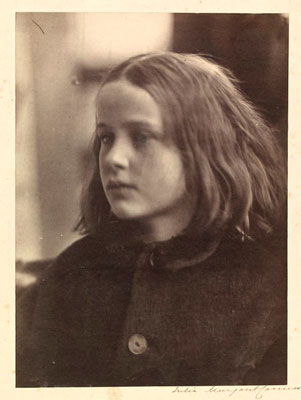Life-size images and crayon portraits - precursors of film and movie
Life-size images became an important stage in the development of photography, and therefore, ultimately, the development of cinema. They were not only the next stage of development, but also very popularized.
They did this through art and people who wanted to fix themselves for posterity, which was available only through a considerable fee to a good artist and a long time of sitting in front of an easel.
The most famous artists life-size image.
After the invention of David Acheson Woodward's pinhole camera, many artists and photographers created life-size images using this technology. Some notable examples include:
Erastus Salisbury Field: An American landscape painter who used the pinhole camera to capture detailed images of the American landscape. His photographs were considered to be some of the most accurate and detailed representations of the American landscape at the time.
Léon Cogniet: A French painter who created a series of portraits using the pinhole camera. These portraits were considered to be some of the most detailed and accurate representations of the human face at the time.
Julia Margaret Cameron: A British photographer who used the pinhole camera to create portraits of notable figures of her time, including Charles Darwin, Thomas Carlyle, and John Herschel.
Roger Fenton: A British photographer who used the pinhole camera to create photographs of the Crimean War. These photographs were some of the first to be used for news reporting and are considered to be some of the first examples of photojournalism.
Eadweard Muybridge: An English photographer who used the pinhole camera to capture moving images, which were used to study human and animal movement.
These artists, and others who used the pinhole camera, helped to establish photography as an art form and played a vital role in the development of the medium.
Crayon portraits.
Crayon portraits were a popular technique used by artists who could not afford expensive and large cameras. They would take a small negative photograph and enlarge it, then edit it with crayons, adding details and making it look more like a painting. This technique was widely used by portrait artists, such as Albert Moore of Philadelphia.
These portraits at first glance look like photographs, but upon closer inspection, one can see the distinctive crayon strokes, mostly in the hair, beard, and around the eyes, as well as on coat lapels and other margins. The technique was common in the latter part of the 19th century and was often made to life-size.
They were also sometimes printed on sensitised canvas that was overpainted in oils, making them harder to distinguish from traditional paintings. This method allowed the artist to use the photograph as a starting point, and freely alter backgrounds, fabric, style and patterns of the clothing, and even the sitter's expression.






Comments
Post a Comment